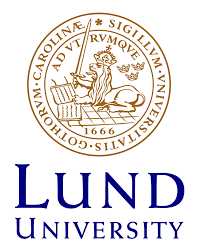Speaker
Description
The discovery of dark matter (DM) at XENONnT or LZ would place constraints on DM particle mass and coupling constants. It is interesting to ask when these constraints can be compatible with thermal production of DM. We address this question within the most general set of renormalizable models that preserve Lorentz and gauge symmetry, and that extend the standard model by one DM candidate of mass mDM and one particle of mass Mmed mediating DM-quark interactions. We find that for most of the models considered here, O(100) signal events at XENONnT/LZ and the DM thermal production are only compatible for resonant DM annihilations. Furthermore, we develop a method to forecast the outcome of the LHC Run 3 based on the same hypothetical detection of O(100) signal events at XENONnT. Applying our analysis to simulated data, we find that at the end of the LHC Run 3 only two mutually exclusive scenarios would be compatible with the detection of O(100) signal events at XENONnT, depending on the detection or lack of detection of a monojet signal. This would significantly narrow the range of possible dark matter–nucleon interactions. Finally, we want to give outlook on how this analysis can also be extended to inlcude dijet-searches for the mediator particle at the LHC.

